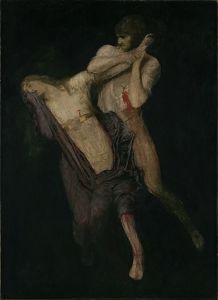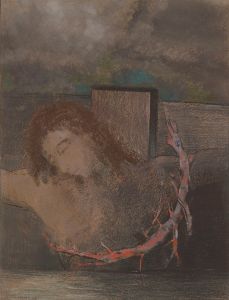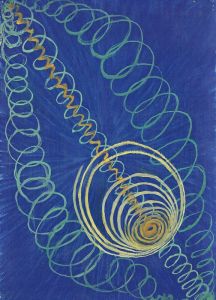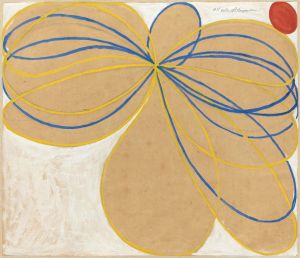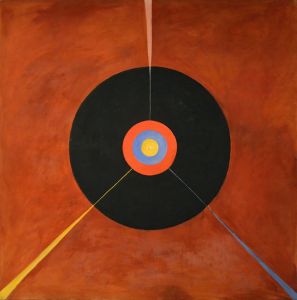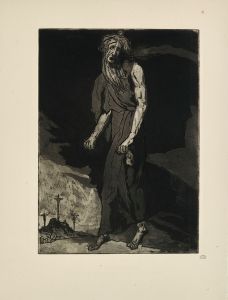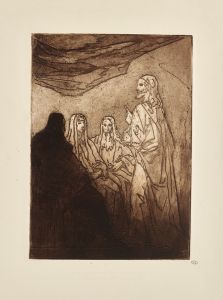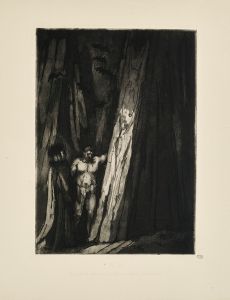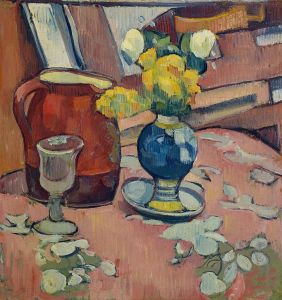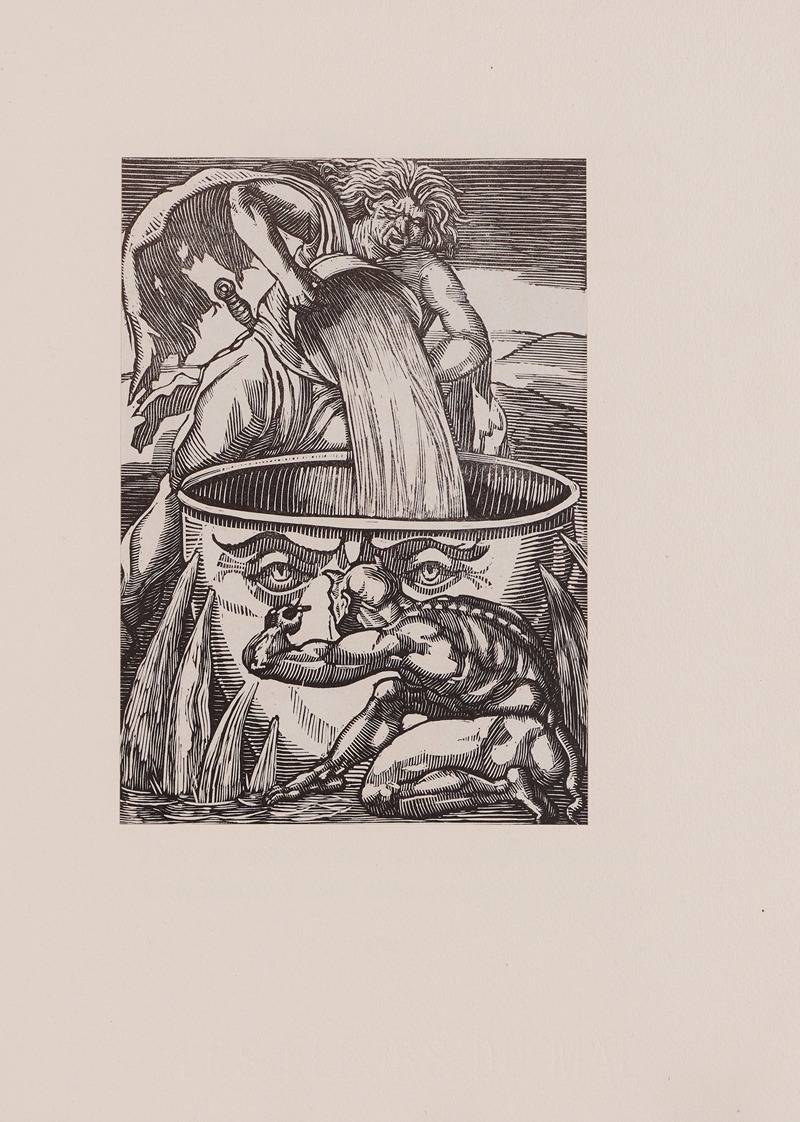
Les Fleurs du mal
A hand-painted replica of Emile Bernard’s masterpiece Les Fleurs du mal, meticulously crafted by professional artists to capture the true essence of the original. Each piece is created with museum-quality canvas and rare mineral pigments, carefully painted by experienced artists with delicate brushstrokes and rich, layered colors to perfectly recreate the texture of the original artwork. Unlike machine-printed reproductions, this hand-painted version brings the painting to life, infused with the artist’s emotions and skill in every stroke. Whether for personal collection or home decoration, it instantly elevates the artistic atmosphere of any space.
Émile Bernard's painting Les Fleurs du mal is a work attributed to the French Post-Impressionist artist, who was an influential figure in the late 19th-century art movements of Symbolism and Cloisonnism. Bernard, born in 1868, was known for his innovative approach to color, form, and composition, as well as his collaborations with other prominent artists of the time, including Paul Gauguin and Vincent van Gogh.
The title of the painting, Les Fleurs du mal (translated as The Flowers of Evil), directly references the famous poetry collection by Charles Baudelaire, first published in 1857. Baudelaire's work explored themes of beauty, decadence, and the duality of human nature, and it had a profound influence on many artists and writers of the Symbolist movement. Bernard's choice of title suggests a connection to these themes, though the specific visual content of the painting is not widely documented in available sources.
As a painter, Bernard was deeply engaged with the Symbolist ethos, which sought to convey emotional and spiritual experiences through symbolic imagery rather than direct representation. His work often featured bold, flat areas of color and simplified forms, a style that became known as Cloisonnism. This technique, inspired by medieval stained glass and Japanese woodblock prints, emphasized strong outlines and a decorative aesthetic.
While Bernard's broader body of work is well-documented, specific details about Les Fleurs du mal are scarce. It is unclear when exactly the painting was created or where it is currently housed. However, the title and Bernard's artistic tendencies suggest that the piece likely embodies the Symbolist preoccupation with the interplay of beauty and melancholy, as well as the exploration of deeper, often darker, emotional states.
Émile Bernard's contributions to modern art extend beyond his paintings; he was also a writer and theorist who documented his interactions with other artists and articulated his views on art and aesthetics. His work, including Les Fleurs du mal, remains an important part of the dialogue surrounding the transition from Impressionism to the more abstract and expressive movements of the 20th century.
Due to the limited availability of specific information about this painting, further research or access to specialized art historical resources may be required to provide a more comprehensive analysis.






